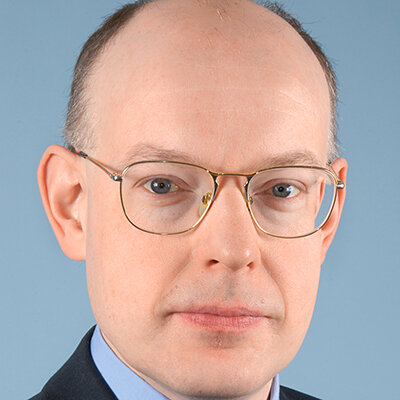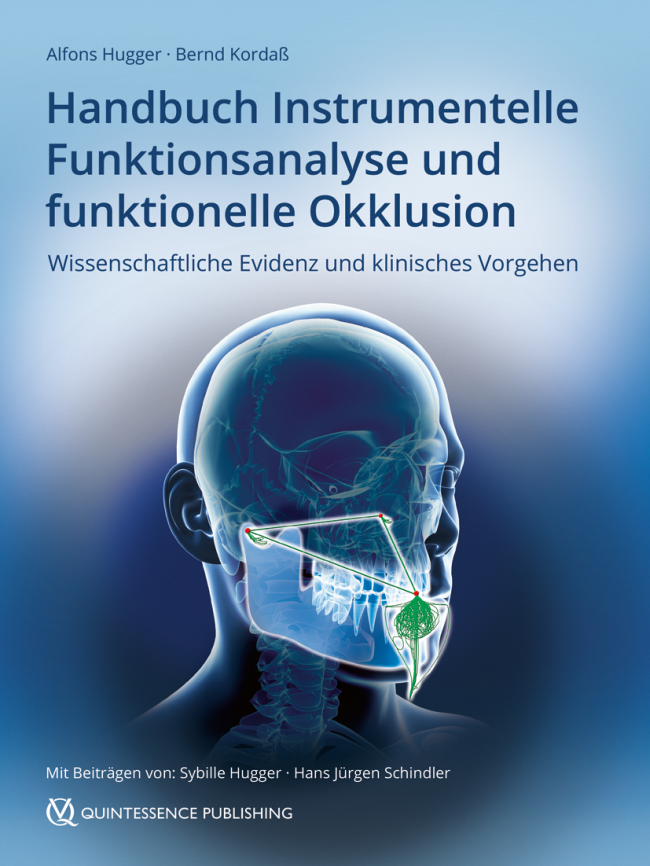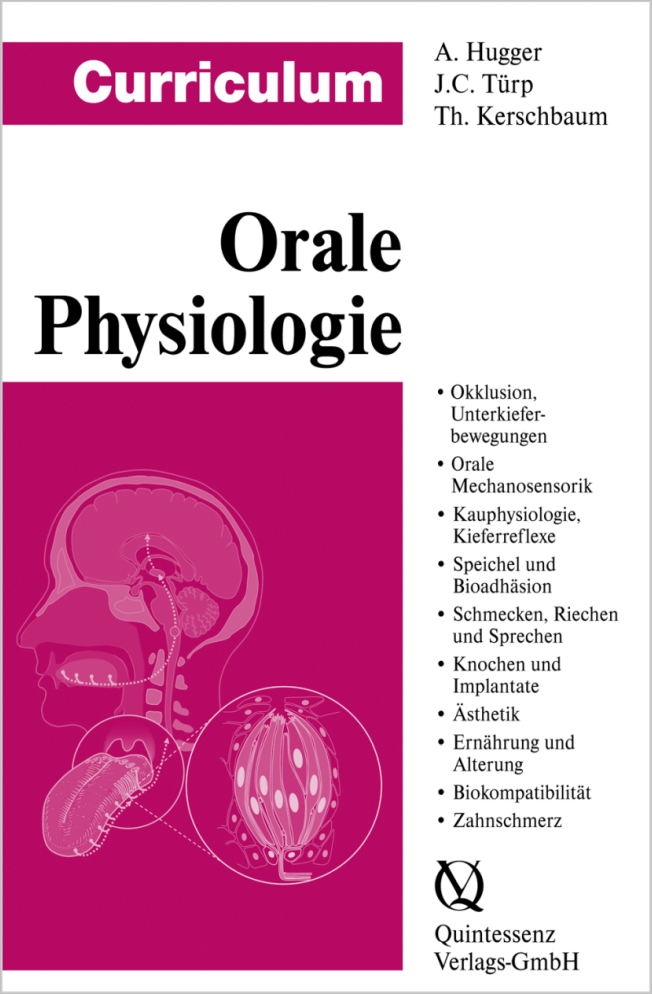The International Journal of Prosthodontics, Pre-Print
DOI: 10.11607/ijp.9148, ID de PubMed (PMID): 39541517noviembre 14, 2024,Páginas 1-10, Idioma: InglésPrott, Lea S. / von Zitzewitz, Zara A. / Brinks, Ralph / Teeuwen, Robert / Hugger, Alfons / Gierthmuehlen, Petra C.This retrospective study evaluated the clinical long-term survival of 1405 double-crown retained removable partial dentures (DRPDs) over 30 years of follow-up. Kaplan Meier survival rate for DRPDs was 96.6% after 5 years, 88.2% after 10 years, 61.7% after 20 years, and 38.3% after 30 years. Survival rates of abutment teeth were 94.3% after 5 years, 80.2% after 10 years, 51% after 20 years, and 27% after 30 years. Key failure risk factors of DRPDs were age, ≤ 3 abutment teeth, and complete denture in opposing jaw. Abutment teeth failure risk factors included age, anterior abutment teeth, punctual support, and non-vital teeth.
Palabras clave: removable partial denture, double crowns, survival rate, severely reduced dentition, clinical study
International Journal of Computerized Dentistry, Pre-Print
ApplicationDOI: 10.3290/j.ijcd.b6090944, ID de PubMed (PMID): 40146128marzo 27, 2025,Páginas 1-51, Idioma: Inglés, AlemánKordaß, Bernd / Ruge, Sebastian / Imhoff, Bruno / Güth, Jan-Frederik / Reich, Sven / Schlenz, Maximiliane A. / Hugger, Sybille / Hugger, AlfonsIn view of the rapid developments in digital dentistry (such as digital workflow and CAD/CAM processes), questions arise regarding digital occlusion, including the possibilities of occlusal analysis. This raises questions about definitions and terminology: What do we mean when we talk about occlusion in the context of digitization, especially in the case of digital models, and what are the potentials of digital occlusal analysis? Initial thoughts on this important topic will be presented in preparation for an upcoming guideline.
Palabras clave: digital patient, digital articulator, Digital occlusion, digital occlusion analysis, virtual articulator
Journal of Craniomandibular Function, 1/2025
EditorialPáginas 3-5, Idioma: Inglés, AlemánHugger, AlfonsJournal of Craniomandibular Function, 4/2024
SuplementoPáginas S1-S34, Idioma: AlemánHugger, Alfons / Görl, SteffaniDer richtige Biss – das richtige BeißenJournal of Craniomandibular Function, 3/2024
Conference ReportPáginas 267-274, Idioma: Inglés, AlemánHugger, AlfonsThe 33rd Conference of the Society of Oral Physiology took place in Naples between 23 and 26 May 2024 (Figs 1–3). Under the expert guidance of Ambra Michelotti (Naples, Italy) and her team, the scientific congress unfolded seamlessly. Antoon De Laat (Leuven, Belgium), the society’s curator, provided invaluable support throughout the event (Fig 4), and the society’s scientific advisory board played a pivotal role in shaping the program consisting of 22 engaging lectures and 6 posters that delved into the intricacies of oral physiology. Approximately 50 participants actively participated in these lively discussions (Fig 5). The different conference theme blocks covered the following areas: muscle physiology; screening, diagnostic process, classification; clinical studies; training of masticatory function; patient case series and case–control studies; miscellaneous and poster presentations. Some of the presentations from the various fields covered are presented in more detail next.
Journal of Craniomandibular Function, 2/2024
SciencePáginas 117-132, Idioma: Inglés, AlemánKordaß, Bernd / Ruge, Sebastian / Imhoff, Bruno / Güth, Jan-Frederik / Reich, Sven / Schlenz, Maximiliane A. / Hugger, Sybille / Hugger, AlfonsPosition Paper of the Study Group for Oral Physiology and Masticatory Function (DGFDT)Rapid developments in digital dentistry, such as digital workflows and CAD/CAM systems, have led to questions about digital occlusion, including the capabilities of occlusal analysis. There is a need for clear definitions and terminology. What do we mean when we talk about “occlusion” in the context of digitization, especially in the case of digital models? What are the capabilities of digital occlusal analysis? The following article presents our initial thoughts on this important topic, which may be useful in the development of future guideline.
Palabras clave: digital occlusion, digital occlusion analysis, virtual articulator, digital articulator, digital patient, digital functionally generated path technique (FGP technique)
QZ - Quintessenz Zahntechnik, 10/2024
WissenschaftPáginas 938-947, Idioma: Alemán, InglésKordaß, Bernd / Ruge, Sebastian / Imhoff, Bruno / Güth, Jan-Frederik / Reich, Sven / Schlenz, Maximiliane A. / Hugger, Sybille / Hugger, AlfonsPositionspapier des Arbeitskreises Kaufunktion und orale Physiologie der DGFDTAngesichts rasanter Entwicklungen im digitalen zahnmedizinischen Bereich (wie digitaler Workflow und CAD/CAM-Prozessabläufe) stellen sich Fragen zur digitalen Okklusion einschließlich der Möglichkeiten der okklusalen Analyse. Hierbei drängen sich Gedanken zu Definitionen und Begriffsbestimmungen auf: Was meinen wir, wenn wir im Kontext der Digitalisierung speziell bei digitalen Modellen von Okklusion sprechen und welche Potenziale ergeben sich bei einer digitalen Okklusionsanalyse? Erste Überlegungen zu diesem wichtigen Thema sollen nachfolgend vorgestellt werden, die in eine spätere Leitlinie einfließen könnten. (Der Entwurf eines Positionspapiers wurde im Rahmen der DGFDT-Jahrestagung im November 2023 in Bad Homburg vorgestellt und diskutiert. Zusätzlich wurde die vorgestellte Textfassung an weitere Expertinnen und Experten zur Kommentierung übersandt. Die Ergebnisse der Diskussion und der Kommentierung wurden in das vorliegende Positionspapier eingearbeitet.)
Palabras clave: digitale Okklusion, digitale Okklusionsanalyse, virtueller Artikulator, digitaler Patient, Digitale Functionally-Generated-Path-Technik (FGP-Technik)
Journal of Craniomandibular Function, 1/2024
EditorialPáginas 3-5, Idioma: Inglés, AlemánHugger, AlfonsJournal of Craniomandibular Function, 1/2024
Book ReviewPáginas 75-76, Idioma: InglésHugger, AlfonsStefan Wolfart: Implantatprothetik – ein patientenorientiertes KonzeptJournal of Craniomandibular Function, 4/2023
Book ReviewPáginas 349-350, Idioma: Alemán, InglésHugger, Alfons






